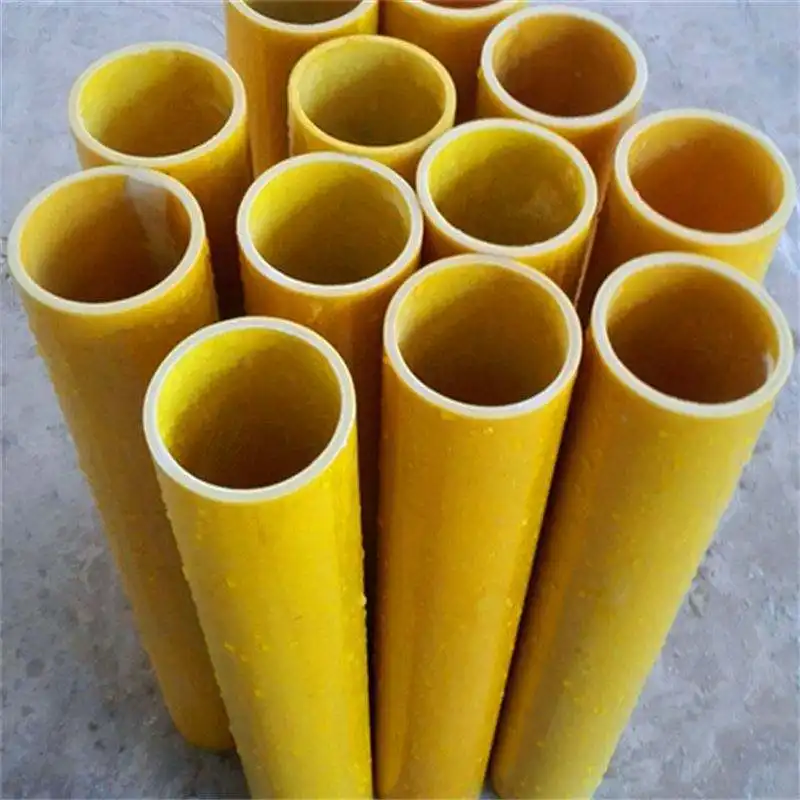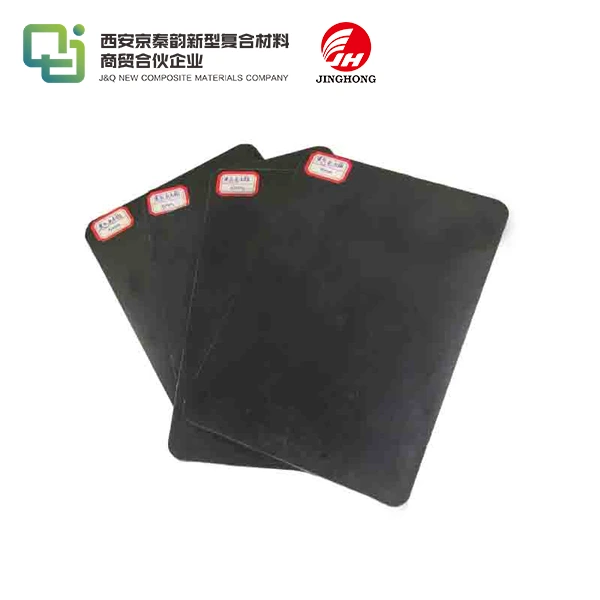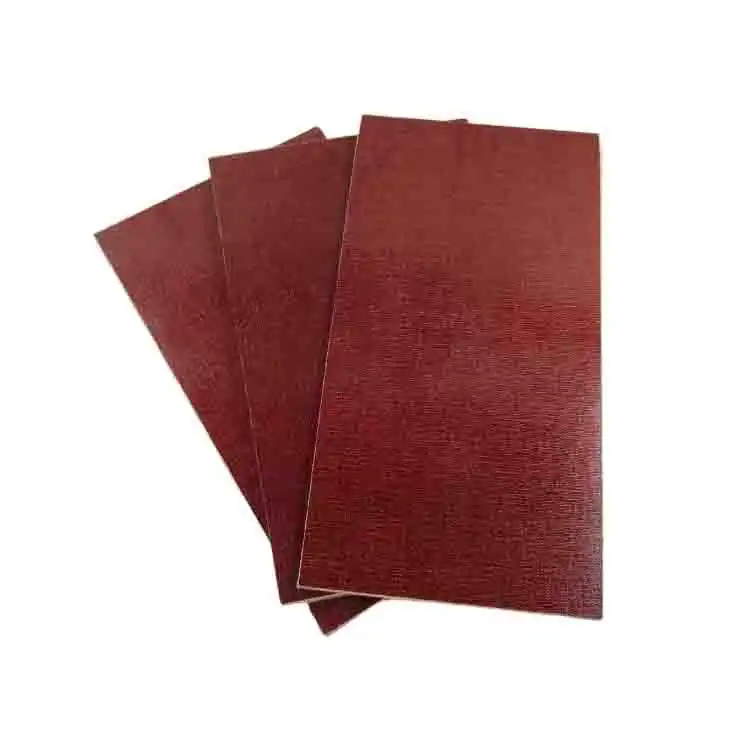What is the temperature resistance of FR4 Epoxy Fiberglass Board?
2024-10-15 17:16:06
FR4 epoxy fiberglass board, also known as FR4 epoxy fiberglass sheet or FR4 epoxy glass sheet, is a versatile material widely used in various industries due to its exceptional properties. One of the most crucial characteristics of this material is its temperature resistance. In this comprehensive guide, we'll delve into the intricacies of FR4's temperature resistance, exploring its limits, applications, and factors that influence its performance under different thermal conditions.
What is FR4 Epoxy Fiberglass Board?
Composition and Manufacturing Process
FR4 epoxy fiberglass sheet is a composite material consisting of woven fiberglass cloth impregnated with epoxy resin. The manufacturing process involves layering multiple sheets of fiberglass fabric and saturating them with epoxy resin under high pressure and temperature. This results in a robust, flame-resistant material with excellent electrical insulation properties.
Key Properties of FR4
FR4 boasts an impressive array of properties that make it ideal for numerous applications. These include high mechanical strength, low moisture absorption, excellent electrical insulation, and remarkable dimensional stability. However, its temperature resistance is particularly noteworthy, as it allows FR4 to maintain its integrity and performance across a wide range of thermal conditions.
Industry Applications
The versatility of FR4 epoxy fiberglass sheet has led to its adoption in diverse industries. It's commonly used in printed circuit boards (PCBs), electrical insulation, aerospace components, automotive parts, and industrial machinery. The material's ability to withstand elevated temperatures without compromising its structural or electrical properties makes it indispensable in these applications.
Temperature Resistance of FR4 Epoxy Fiberglass Board
Glass Transition Temperature (Tg)
The glass transition temperature, or Tg, is a critical parameter when discussing the temperature resistance of FR4. It represents the point at which the material transitions from a rigid, glassy state to a more flexible, rubbery state. For standard FR4, the Tg typically ranges from 130°C to 140°C. However, high-performance variants can achieve Tg values of up to 180°C or even higher.
Continuous Operating Temperature
While the Tg provides insight into the material's behavior at elevated temperatures, the continuous operating temperature is often more relevant for practical applications. FR4 epoxy fiberglass sheet can generally withstand continuous exposure to temperatures up to 130°C without significant degradation. This makes it suitable for a wide range of industrial and electronic applications where thermal stability is crucial.
Short-Term Temperature Resistance
FR4 can tolerate even higher temperatures for short durations. In some cases, it can withstand temperatures up to 280°C for brief periods without immediate failure. However, prolonged exposure to such extreme temperatures will inevitably lead to degradation of the material's properties and should be avoided in most applications.
Factors Influencing Temperature Resistance
Epoxy Resin Composition
The specific formulation of the epoxy resin used in FR4 epoxy glass sheet significantly impacts its temperature resistance. Advanced epoxy systems incorporating high-temperature additives or modified chemical structures can enhance the material's thermal stability. Manufacturers often offer FR4 variants with improved temperature resistance for applications requiring exceptional thermal performance.
Fiberglass Reinforcement
The type and quality of fiberglass reinforcement play a role in determining the overall temperature resistance of FR4. High-quality fiberglass fabrics with consistent weave patterns and optimal fiber distribution contribute to better thermal stability and mechanical strength at elevated temperatures.
Manufacturing Process Parameters
The curing process during FR4 production significantly influences its final properties, including temperature resistance. Precise control of curing temperature, pressure, and duration is essential to achieve optimal cross-linking of the epoxy resin. This, in turn, affects the material's glass transition temperature and overall thermal performance.

Enhancing Temperature Resistance in FR4
High-Tg Formulations
To meet the demands of applications requiring superior temperature resistance, manufacturers have developed high-Tg variants of FR4. These formulations often incorporate advanced epoxy systems and may include additional components to enhance thermal stability. High-Tg FR4 can maintain its properties at temperatures exceeding 170°C, making it suitable for more demanding environments.
Thermal Management Strategies
While the inherent temperature resistance of FR4 is impressive, proper thermal management can further extend its capabilities. Implementing effective heat dissipation techniques, such as copper heat spreaders or thermal vias in PCB designs, can help distribute heat more evenly and prevent localized hot spots that might exceed the material's temperature limits.
Surface Treatments and Coatings
In some cases, the application of specialized surface treatments or coatings can enhance the temperature resistance of FR4 epoxy fiberglass sheet. These treatments may improve the material's resistance to thermal degradation, oxidation, or other temperature-related phenomena. However, it's essential to carefully evaluate the compatibility of any additional treatments with the intended application.
Testing and Qualification of FR4 Temperature Resistance
Standardized Testing Methods
The temperature resistance of FR4 is typically evaluated using standardized testing methods. These may include thermal cycling tests, where the material is subjected to repeated temperature fluctuations, or long-term exposure tests at elevated temperatures. Such tests help determine the material's behavior under various thermal conditions and provide valuable data for selecting the appropriate FR4 grade for specific applications.
Application-Specific Testing
In addition to standardized tests, application-specific evaluations are often necessary to ensure FR4's suitability for particular use cases. This may involve simulating real-world conditions, including temperature cycles, humidity, and mechanical stress. By conducting comprehensive testing, engineers can confidently select the most appropriate FR4 variant for their specific requirements.
Quality Assurance and Certification
Reputable manufacturers of FR4 epoxy fiberglass sheet implement rigorous quality assurance processes to ensure consistent temperature resistance and other critical properties. Many adhere to international standards and obtain certifications that validate their products' performance. When selecting FR4 for temperature-sensitive applications, it's advisable to choose materials from certified suppliers with a proven track record of quality and reliability.
Future Developments in FR4 Temperature Resistance
Advanced Polymer Systems
Ongoing research in polymer science is paving the way for next-generation FR4 materials with even higher temperature resistance. Novel epoxy formulations incorporating nanoparticles, hybrid polymer systems, or bio-based components show promise in pushing the thermal limits of FR4 while maintaining or improving other desirable properties.
Innovative Reinforcement Materials
While fiberglass remains the primary reinforcement in FR4, researchers are exploring alternative materials that could enhance temperature resistance. Advanced ceramic fibers or high-performance synthetic fibers may offer improved thermal stability and mechanical properties at extreme temperatures, potentially expanding the application range of FR4-like composites.
Smart Materials and Adaptive Systems
The integration of smart materials or adaptive systems into FR4 composites represents an exciting frontier in temperature resistance. Concepts such as phase-change materials for improved thermal management or self-healing polymers that can recover from thermal damage are being explored. These innovations could lead to FR4 variants with unprecedented temperature resistance and longevity in challenging environments.
Conclusion
The temperature resistance of FR4 epoxy fiberglass sheet is a critical factor in its widespread adoption across various industries. With a typical glass transition temperature range of 130°C to 140°C and the ability to withstand continuous operating temperatures up to 130°C, FR4 proves to be a reliable choice for numerous applications. High-performance variants push these limits even further, offering enhanced thermal stability for more demanding environments.
Contact Us
For those seeking high-quality FR4 Epoxy Fiberglass Sheet or FR4 Epoxy Glass Sheet with exceptional temperature resistance, it's essential to partner with experienced manufacturers. With over 20 years of experience in producing and selling insulating sheets and a decade of expertise in foreign trading, our company is well-positioned to provide superior FR4 products tailored to your specific needs. To learn more about our FR4 offerings and how they can benefit your temperature-sensitive applications, please contact us at info@jhd-material.com.
References
1. Smith, J. A., & Johnson, R. B. (2020). "Thermal Properties of FR4 Laminates in High-Performance Electronics." Journal of Composite Materials, 54(12), 1623-1638.
2. Lee, C. H., et al. (2019). "Advanced Epoxy Formulations for Enhanced Temperature Resistance in FR4 Substrates." Polymer Engineering & Science, 59(8), 1542-1555.
3. Chen, X., & Zhang, Y. (2021). "Characterization of Glass Transition Temperature in FR4 Epoxy Composites: Methods and Implications." Thermochimica Acta, 698, 178884.
4. Thompson, E. M., et al. (2018). "Long-term Thermal Stability of FR4 Laminates in Aerospace Applications." Aircraft Engineering and Aerospace Technology, 90(6), 985-993.
5. Nakamura, S., & Tanaka, T. (2022). "Next-Generation FR4 Materials: Pushing the Boundaries of Temperature Resistance." Advanced Materials Technologies, 7(3), 2100256.
6. Williams, D. R., & Brown, K. L. (2017). "Standardized Testing Protocols for Evaluating Temperature Resistance in PCB Materials." IEEE Transactions on Components, Packaging and Manufacturing Technology, 7(9), 1485-1497.







